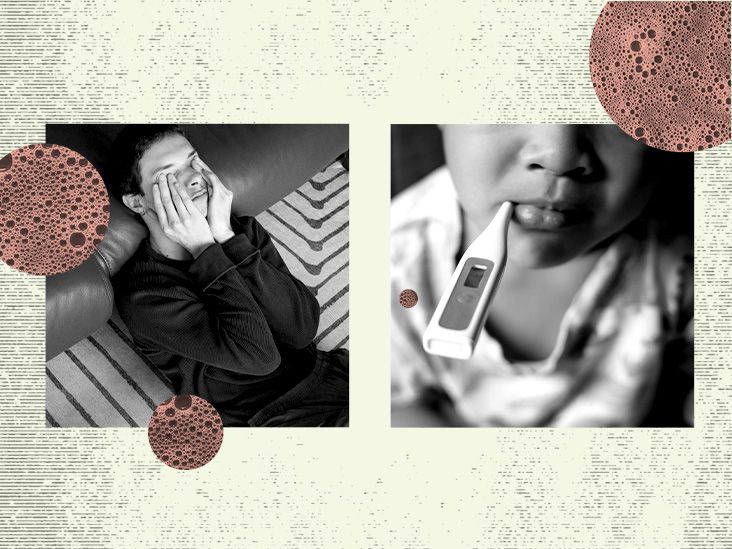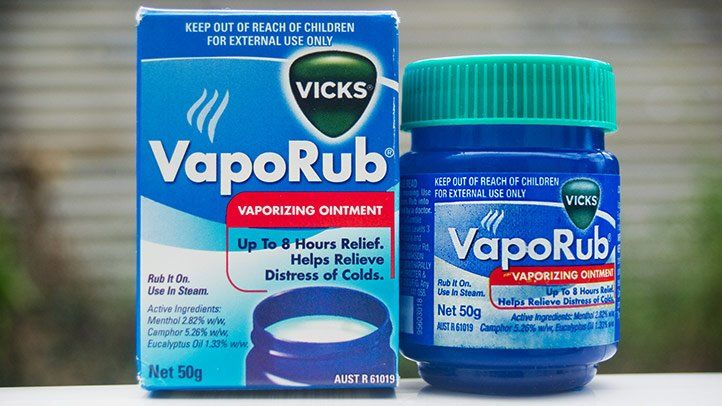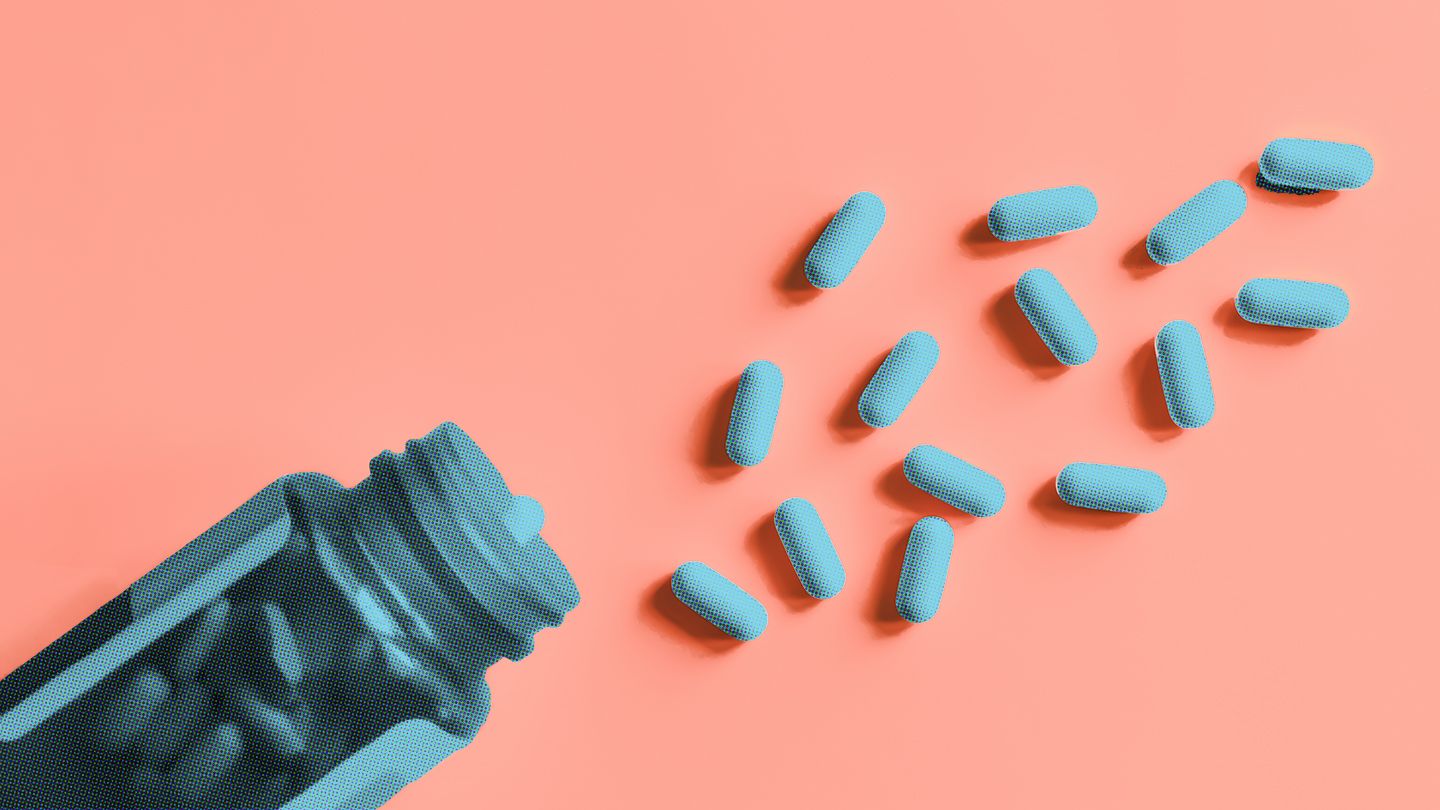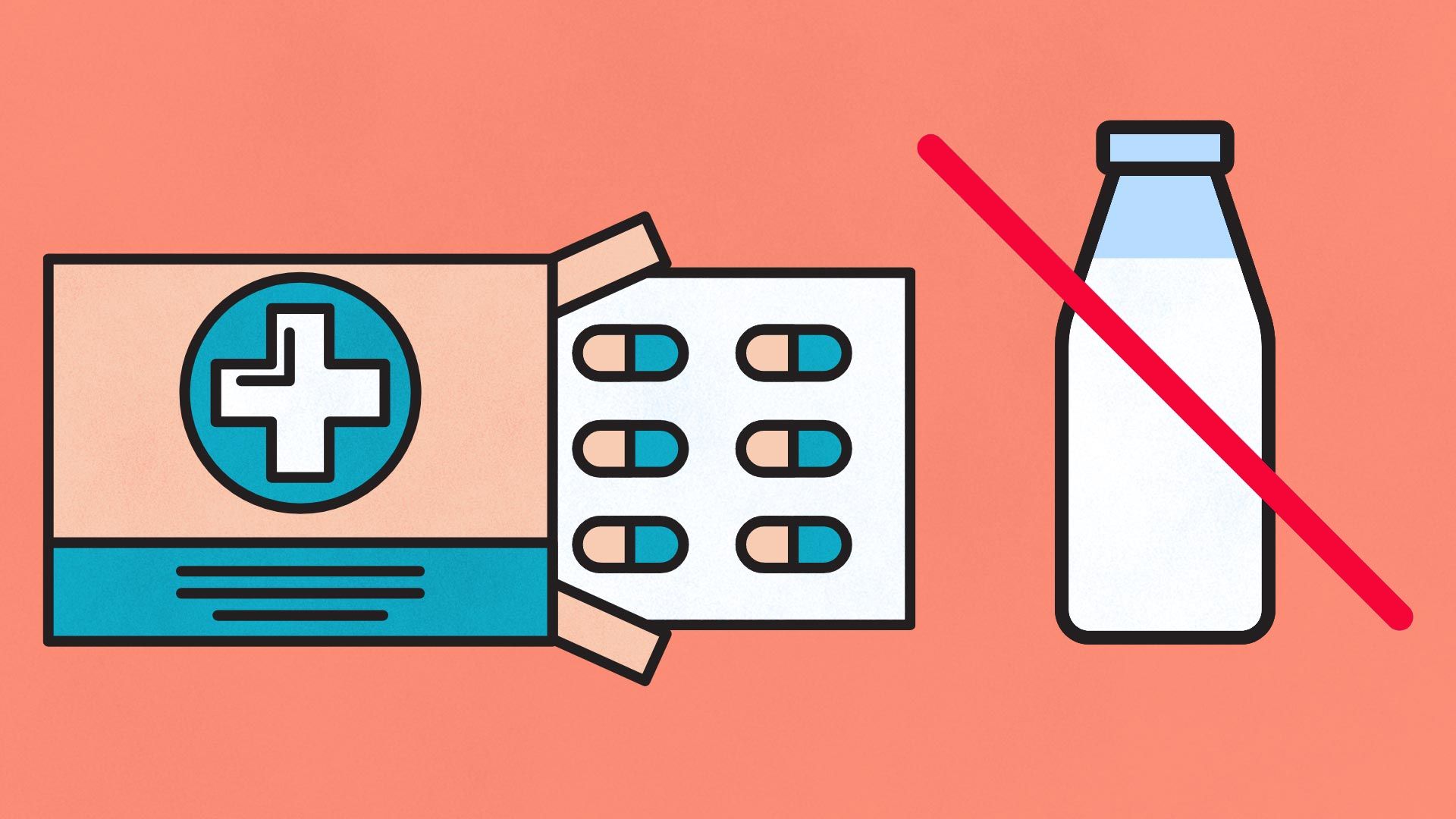Treating Cold and Flu Symptoms
When hit with the misery of a bad cold or flu, your first instinct may be to open your medicine cabinet and take something - anything - to start feeling better fast. But is it safe to take multiple medications together? And what's actually effective against those wretched symptoms?
Common Cold and Flu Medications
Over-the-counter medications for colds and flu aim to tackle specific symptoms. For congestion and sinus pressure, pseudoephedrine decongestants like Sudafed constrict blood vessels in nasal passages. Cough suppressants containing dextromethorphan or hydrocodone relieve coughs. Expectorants like Mucinex thin mucus so it's easier to cough up.
For pain, fever, and inflammation, NSAIDs like ibuprofen (Advil) and acetaminophen (Tylenol) are used. Some cold and flu preparations combine ingredients for multiple symptoms. For example, NyQuil blends acetaminophen for aches, dextromethorphan for coughs, and the antihistamine doxylamine for runny noses and sneezing.
The Risks of Combining Medications
It's tempting to take more than one medication when you feel lousy. However, combining certain active ingredients can be risky due to cumulative side effects or ingredient interactions. For example, blending sedative antihistamines with cough suppressants and pain relievers increases drowsiness. Combining NSAIDs like ibuprofen and acetaminophen exceeds safe dose limits.
Checking Drug Interactions
Before taking two medications together, even over-the-counter ones, use reputable websites to confirm they do not pose risks. Consult with a pharmacist or doctor if unsure. Be mindful of exceeding dosage limits for children and follow all age guidance.
The Most Effective Treatments
While some over-the-counter cold and flu medications provide symptom relief, studies give mixed reviews regarding their actual effectiveness for speeding recovery. However, certain remedies appear beneficial.
Pain and Fever Relief
For cold and flu aches, fever, headache and other pain, acetaminophen and ibuprofen are considered safe and effective. Unless labels state otherwise, do not simultaneously take formulations containing both. Stick to recommended daily limits.
Cough Suppression
While some research suggests dextromethorphan modestly alleviates coughs, simple throat lozenges containing soothing ingredients like honey, menthol, or eucalyptus may relieve irritation just as well or better. Drink warm liquids to ease chest congestion.
Decongestant for Stuffy Noses
Oral decongestants containing pseudoephedrine appear effective at temporarily relieving sinus pressure and stuffiness. However, frequent use can cause dependency leading to rebound congestion. Saline nasal sprays also help moisturize dry nasal passages.
Rest, Hydration and Humidity
Getting extra rest allows your body to direct energy towards fighting infection rather than normal activity. Hydration thins mucus secretions for drainage. Running a humidifier can also loosen congestion during sleep or rest.
Treating Specific Cold and Flu Strains
While over-the-counter medications aim to treat general symptoms, understanding the type of viral infection can help guide choices.
Common Colds
Hundreds of viruses cause the common cold. Since these infections are mild and run their course, symptom management with analgesics, throat lozenges, decongestants and rest are often sufficient for recovery within 7-10 days.
Influenza
Influenza viruses trigger more extreme body aches, fever, chills, fatigue, and pulmonary congestion, occasionally progressing to pneumonia. Antiviral flu medications like Tamiflu require a prescription soon after symptom onset to help shorten duration by about one day.
COVID-19
Emerging variants of the COVID-19 virus range in severity from cold-like congestion to respiratory distress. Only the antiviral medication Paxlovid is proven to reduce COVID complications, requiring prompt testing and prescription after symptom onset. Manage mild cases with rest and over-the-counter symptom relievers.
When to Seek Medical Care
While most cold and flu cases resolve with conservative at-home care, contact your doctor if you experience:
Difficulty Breathing
Labored breathing, wheezing, or blue-tinged lips indicating oxygen deprivation signal lower respiratory infection which may require antibiotic treatment.
Dehydration
Inability to keep fluids down for 6 or more hours due to vomiting or diarrhea can lead to dangerously low fluid and electrolyte levels, particularly in vulnerable groups like infants, elderly and those with chronic diseases.
High Fever & Alteration
Fever over 104 Fahrenheit or mental confusion could stem from serious infection like pneumonia or sepsis, requiring hospital evaluation for intravenous fluids, oxygenation, and targeted antibiotic therapy guided by cultures.
Prolonged Severe Symptoms
Cold and flu symptoms lingering more than 10-14 days without improvement may necessitate imaging, labwork, and prescription interventions to diagnose and manage complications or secondary infections.
Protecting Yourself and Others
Beyond judiciously using medications and home remedies during active illness, protecting community health through vaccination and hygiene remains paramount.
Annual Influenza Immunization
Getting your seasonal flu shot protects yourself and loved ones from influenza's worst outcomes while reducing virus circulation so fewer get sick. Flu strains change annually, so get vaccinated every year.
COVID-19 Vaccination
Emerging COVID-19 boosters target newest viral variants. Staying up-to-date with COVID vaccination ensures sufficient antibodies against predominant community strains, lowering transmission risk.
Limiting Spread Through Etiquette
When sickness strikes, wear a mask around others, sanitize hands frequently, cover coughs/sneezes, avoid close contact until fever-free for 24 hours without medication, and disinfect shared surfaces to minimize contagion.
FAQs
Is it safe to take Nyquil and Advil together?
No, you should not combine Nyquil and Advil. NyQuil already contains acetaminophen for pain relief, the same active ingredient as Advil. Taking both simultaneously risks exceeding safe dosing limits, which can cause liver damage.
What is the most effective cold and flu medication?
For symptom relief, acetaminophen (Tylenol) and ibuprofen (Advil) work well for aches and pain while pseudoephedrine (Sudafed) modestly helps congestion. Some prescription antivirals like Tamiflu may shorten flu duration. Home remedies provide additional comfort.
When should you call a doctor for cold or flu?
Seek medical care promptly if you have difficulty breathing, dehydration, high fever over 104 F, or symptoms persisting beyond 10-14 days without improvement, which may indicate complications like pneumonia or need for prescription treatment.
How can you prevent spreading illness?
Get annual flu shots and updated COVID boosters to limit transmission through communities. Avoid close contact when sick, wear a mask, disinfect surfaces touched, sanitize hands frequently, and cover coughs/sneezes to minimize contagion.
Disclaimer: This article is for informational purposes only and does not constitute medical advice. Always consult with a healthcare professional before starting any new treatment regimen.
Related Coverage
Flu-like symptoms can arise from many causes. Learn triggers, how to differentiate the flu, and simple steps to feel better fast....
Compare Dayquil and Alka Seltzer Plus ingredients, forms, uses, side effects and recommendations to determine which OTC cold medicine is better for your symptoms....
Discover if Vicks VapoRub is an effective remedy for nausea relief. Explore the science behind menthol, aroma, and anecdotal evidence. Learn about proper usage and alternative natural remedies....
Does Tylenol or other medication break your fast? Get the facts on NSAIDs, supplements, prescription drugs and more during intermittent, alternate day and prolonged fasting....
Placing cough drops in hot tea makes an easy, convenient home remedy for coughs and sore throats. Learn how to maximize the benefits of vapor, menthol, and more....
Looking to quiet an irritating cough that's keeping you up at night? Try these soothing home remedies like humidifiers, throat lozenges, steam showers, and more to finally get some sleep....
Learn if long COVID is contagious. Understand the risk of transmitting COVID-19 particles during long COVID and with reinfections. Follow key precautions....
Learn how over-the-counter medications, antivirals, home remedies and responsible health precautions can relieve miserable symptoms while speeding recovery from colds and flu....
Explore 7 natural cough remedies you can find near you, including honey, saltwater gargles, herbal teas, humidifiers, cough drops, and staying hydrated. Embrace remedies from your local community....
Steamy, aromatic baths can temporarily provide congestion and cough relief via essential oils, herbs and other natural decongestants. Learn soothing bath remedies....









